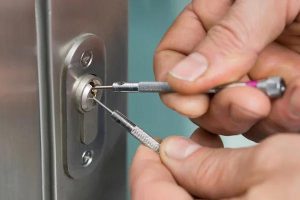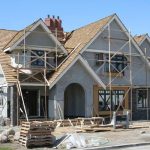Gun building is an art and craft that requires precision, patience, and a deep understanding of firearms. It’s not just about assembling parts, but creating a weapon that fits your needs and shooting style perfectly. The process involves several steps, each requiring meticulous attention to detail to ensure every shot is accurate.
The first step in gun building is choosing the right components. This includes the barrel, action, stock, trigger assembly, sights or optics and other accessories like muzzle brakes or suppressors. Each component plays a crucial role in the firearm’s performance and must be selected carefully based on your intended use for the gun.
The barrel is arguably one of the most critical components as it directly affects accuracy. Longer barrels generally provide better accuracy at long distances due click to learn more increased bullet velocity but they also add weight which can affect handling. Barrels come in different materials such as stainless steel or chrome-molybdenum steel with various rifling patterns which influence bullet spin and trajectory.
Next comes selecting an action – either bolt-action or semi-automatic depending on personal preference and usage requirements. Bolt-action rifles are known for their superior accuracy while semi-autos offer faster follow-up shots.
Choosing a suitable trigger assembly is vital too; it should have a clean break without any creep to ensure consistent shot placement. An adjustable trigger allows customization of pull weight according to shooter comfort.
Stock selection depends largely on personal taste and shooting style – whether you prefer traditional wood stocks for their aesthetic appeal or synthetic ones for durability under harsh conditions.
Once all components are chosen, the actual building process begins with fitting the barrel into the action – a job best left to professional gunsmiths unless you possess advanced skills yourself because improper fitting can lead to serious safety issues down the line.
After this comes bedding – ensuring there’s no space between action and stock which could cause movement during firing affecting accuracy negatively. This can be achieved using various methods including glass bedding or pillar bedding depending on the specific requirements of your build.
Then, the trigger assembly is installed and adjusted to desired pull weight. Once that’s done, sights or optics are mounted and aligned properly. Finally, all other accessories like muzzle brakes or suppressors are added as per need.
The final step in gun building is test firing and fine-tuning. This involves shooting several rounds at a target to check accuracy and making any necessary adjustments to sights or trigger pull until you’re satisfied with the results.
In conclusion, gun building 101 is about bringing precision to every shot through careful selection of components and meticulous assembly process. It’s an art that requires patience, knowledge, skill, but ultimately rewards you with a firearm tailored specifically for your needs and shooting style.















